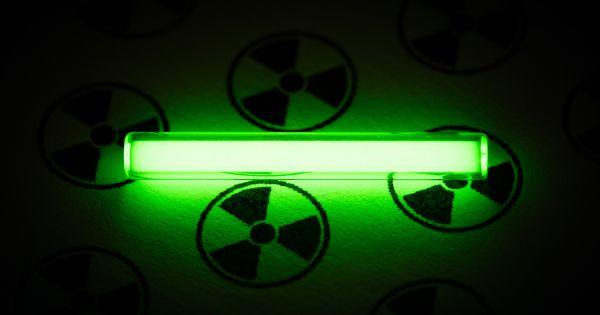
Radiolabeling has undeniably revolutionized drug discovery and development processes, allowing researchers to take a deeper look at drugs during human trials. Tritium is one isotope scientists use in this process and has proved to be invaluable. Read this brief look at the role of tritium in radiolabeling and what has made its application so beneficial.
What Is Tritium?
Tritium is a hydrogen radioisotope with a nucleus that features one proton and two neutrons, giving it a mass three times larger than a hydrogen atom. Tritium naturally occurs when cosmic rays and air molecules come together. People often drink tritium in water or inhale it in the atmosphere. Nuclear power plants also create this isotope when generating electricity.
How Do Researchers Use It in Radiolabeling?
When researchers use tritium in radiolabeling, they introduce it into specific molecules to create and track compounds through various processes. This is especially valuable when investigating the metabolism of drugs in the human body. They can detect tritium-labeled compounds at extremely low concentrations, allowing for precise quantitative analysis in studies.
What Are the Advantages of Using Tritium in Research?
Now that you know about the role of tritium in radiolabeling, you may ask, “What are the advantages of using tritium in this research?” Tritium features a weak radiation level, making it advantageous to researchers. They can use this isotope while presenting little risk to test subjects in a controlled laboratory environment.
Tritium also provides economic advantages to researchers. It costs them less to use tritium than other isotopes, and they can generally obtain it faster than other radiolabels from vendors.
As we’ve seen, tritium provides a reliable and versatile approach to radiolabeling, facilitating deep insights into the molecular underpinnings of biology and medicine. Moravek can help you gain these insights in your own research with radiolabeled compounds that feature tritium or carbon-14. Our team is ready to create compounds tailored to your needs.
